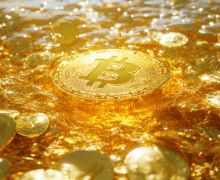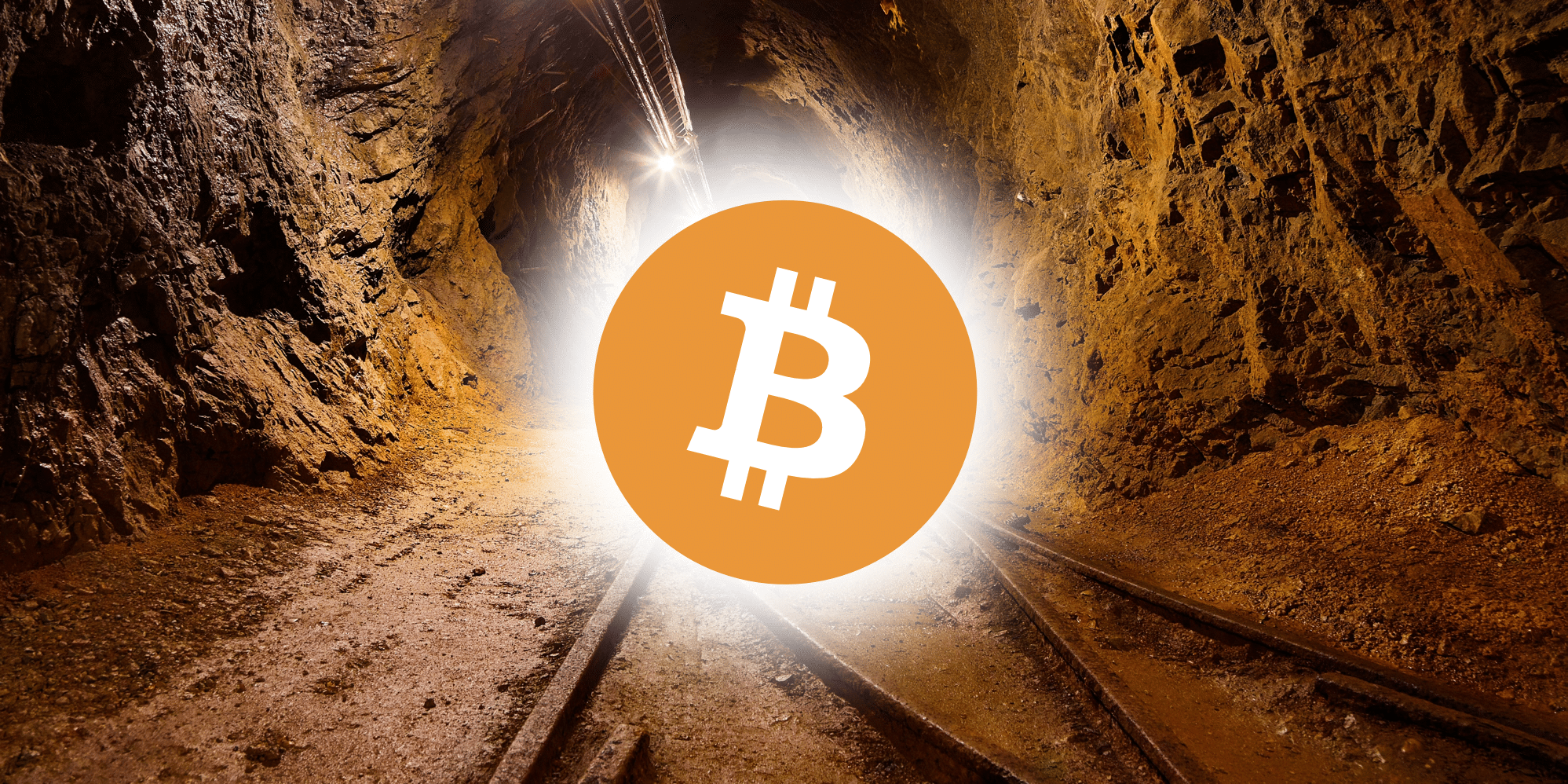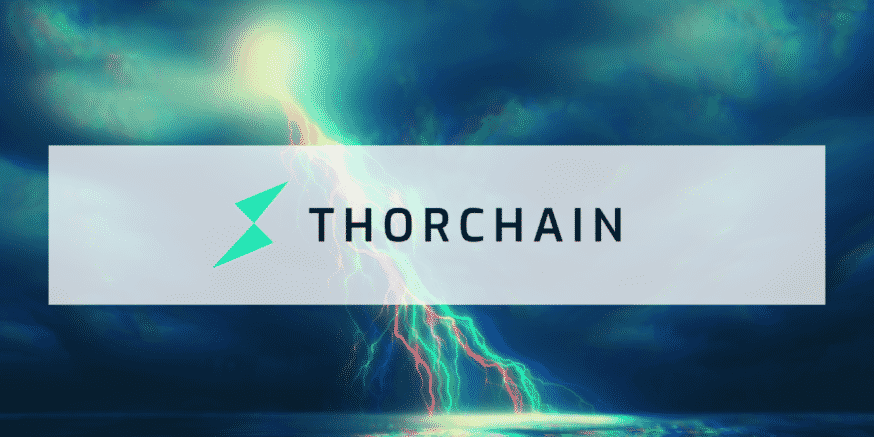- Everything You Need to Know About THORChain
- THORChain User Groups
- The RUNE Token
- Notable THORChain Backers and Investors
- THORChain Company Bio & History
- Final Thoughts
THORChain is a decentralized cross-chain liquidity protocol that facilities the decentralized exchange of digital assets.
Powered by the RUNE token, THORChain also utilizes Tendermint, Cosmos-SDK, Threshold Signature Schemes (TSS), and Byzantine Fault Tolerance.
Now, if this sounds like a bunch of technical jargon (or even gibberish to some), rest assured– what THORChain is aiming to accomplish is very difficult and requires managing a wide variety of moving pieces.
That being said, THORChain basically allows users to swap tokens across different chains without having to wrap or use intermediary pegged tokens. So, instead of using a centralized exchange like Coinbase to trade Bitcoin and Ethereum, THORChain would make it possible to do so without ever losing custody of your assets.
Yes, THORChain is non-custodial, meaning that you retain full control of your digital assets as you exchange them. The primary reason THORChain is relevant today is that it’s resilient to centralization while solving a huge issue for decentralized exchanges: liquidity.
Further, THORChain is unique in that it doesn’t peg or wrap assets– no need for WBTC here!
THORChain observes incoming user deposits to vaults and executes business logic while processing outbound transactions.
THORChain is essentially this leaderless, byzantine-fault-tolerant, vault manager. Again, if you’re not familiar with these terms, don’t fret. You can learn more about what, how, and why THORChain does what it does here, and do a deeper dive through the project’s documentation.
The RUNE token enables holders to earn more RUNE by providing liquidity exchanges or by running nodes that secure the network.
Everything You Need to Know About THORChain
THORChain launched in 2018 as a means to exchange digital assets without the use of a centralized exchange. It is hailed for its permissionless access to global liquidity, manipulation-resistant price feeds, deterministic always-on liquidity for all assets, and shared incentives across all participants.
The project offers complete transparency on the liquidity and logic of the entire network THORChain updates its community on development progress and events every week.

Built to be a cross-chain solution, THORChain can seamlessly swap any asset, regardless of its native blockchain. More importantly, users maintain full custody of their assets during the exchange.
THORChain also addresses several Decentralized Finance (DeFi) issues. It uses continuous liquidity pools (CLPs) to provide liquidity for automated market makers (AMM). THORChain avoids the need for external price feeds or oracles by using a continuous liquidity pool.
It also uses slip-based fees to help ensure liquidity stays where intended in order to prevent impermanent loss. It utilizes a range of other technologies like on-way state pegs, a state machine, the TSS protocol, and others to seamlessly facilitate cross-chain token swaps.
THORChain is a Tendermint-based network. Tendermint is a tool that developers can use to skip over the basics of blockchain development like cryptography and focus on high-level blockchain and app development. As such, Tendermint is replicational software that allows developers to build customized blockchains as well as decentralized applications (dApps). Tendermint is a low-level protocol that is composed of two pieces, a blockchain consensus engine as well as a generic application interface.
THORChain uses a proof-of-stake (PoS) algorithm to avoid any Sybil attacks. In a Sybil attack, the attacker subverts the reputation system of a network service, and this is done through the creation of a large number of pseudonymous identities, where the attacker uses them to gain a disproportionately large influence.
It also uses the Byzantine Fault Tolerance (BFT) consensus algorithm, which ensures the network can function properly even if some nodes fail to act properly or act maliciously (see Byzantine Generals Problem.)
Node operators are responsible for running the network software. They run high-performance IT infrastructure and bond RUNE in order to earn rewards in RUNE. They take part in the network by tracking the transactions on External Chains and running the protocol. However, if node operators fail, they may be penalized.
Liquidity Providers earn rewards in exchange for supplying their assets to the network. Their assets are added to pools that Swappers use to exchange assets.
The multi-chain network can grow to 99 nodes before getting to the Tendermint limit. Even when the network grows to 99 active nodes, it can still expand by having the capability of shared vaults.
THORChain User Groups
There are two primary user groups in the THORChain ecosystem: users and liquidity providers.
Users are primary participants in the network that use the cross-chain services to exchange tokens easily.
Liquidity providers add liquidity to the various pools; they power the exchange.
All liquidity is bound using RUNE tokens and is kept in separate vaults powered by the network nodes.
The RUNE Token
The RUNE token is an integral part of the THORChain system. This BEP2 token is used in all liquidity pools and is bonded by all nodes. All RUNE tokens are set at a 1:1 ratio to asset value, allowing for seamless linking between pools. RUNE also functions as the reward token for pools and is an average of ⅓ of network income that provides continuous liquidity incentives.

RUNE also helps secure the THORChain network. Malicious actors are offered a larger benefit for liquidating than the potential loot from corrupting the system since nodes earn ⅔ of the system’s income
It serves multiple purposes, including:
- Liquidity: as a settlement asset.
- Security: as a Sybil-resistant mechanism that drives economic behavior.
- Governance: signals priority on-chain.
- Incentives: payout rewards, charges fees, and subsidizes gas.
- Amplifier: elevates the assets.
Liquidators and RUNE users can access the RuneVault, a feature that allows them to store and stake the token, generating a return on the investment. The Binance Chain Feature allows users to unlock the token even if it is staked– the currency always remains in their wallet, and the earnings are paid weekly.
Where Can I Buy the THORChain RUNE Token?
If you want to buy, sell or trade THORNChain (RUNE), you can do so on popular exchanges such as:
Notable THORChain Backers and Investors
THORChain has several notable backers, investors, and holders of the RUNE token, THORChain’s native token.
Multicoin Capital is perhaps the most prominent enterprise to announce its investment in RUNE. Founded in 2017, Multicoin Capital specifically focuses on blockchain companies, cryptocurrencies, and tokens. RUNE is one of the largest public positions for the company.
After Multicoin Capital announced it had accumulated a large portion of the asset, RUNE’s price jumped by 30%. RUNE traded at $3.90 before the announcement and soon after soared to $5.61.
Alongside their announcement, they shared a research report in which they outlined the potential this project had, and how they are excited about the ability to trade tokens between different blockchains.
THORChain Company Bio & History
THORChain has originally created in 2018 under the premise that centralized exchanges are suboptimal for transferring cryptocurrencies throughout different blockchains.
The THORChain team aimed to build an independent blockchain that could bridge external networks and facilitate cross-chain transfers, similar to a decentralized exchange (DEX). The project’s ethos is big on non-custodianship.
THORChain’s team is pseudonymous, and it has no listed CEO, founder, or directors. The developers met at a Binance hackathon in 2018, and none of the 18 self-organized developers carry a formal title. All future development is organized through Gitlab. Fees that are generated by the protocol go directly back to the users, and there are no provisions for the team. The team simply holds RUNE, just like anyone else is welcome to.
Those currently working on the project remain anonymous, with the reasoning being protecting the decentralization of the project

Final Thoughts
THORChain functions as a non-custodial liquidity marketplace for blockchains that enables the swapping of assets through multiple networks in a permissionless and non-custodial way.
THORChain is a unique project that mitigates many issues facing both centralized and decentralized exchanges.
While the nitty-gritty functions of THORChain may sound too complex for beginners, using the actual platform is fairly accessible to moderately experienced traders.
Never Miss Another Opportunity! Get hand selected news & info from our Crypto Experts so you can make educated, informed decisions that directly affect your crypto profits. Subscribe to CoinCentral free newsletter now.











